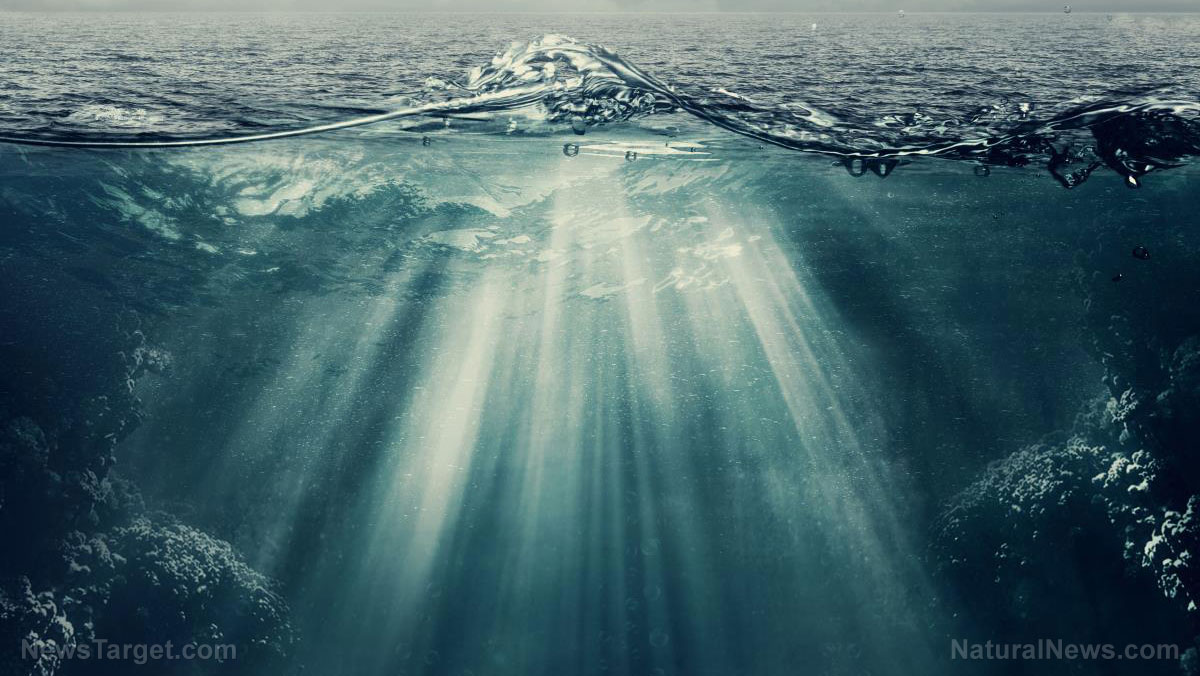
An article in Nanowerks covered the newly developed liquid-crystal display (LCD) presented by Hong Kong researchers. The breakthrough technology boasts sharper images, more intense colors, and much greater energy savings than earlier LCDs.
This next-generation design is called the Active Matrix Ferroelectric Liquid Crystal Display (FLCD). It was developed by a research team from the Hong Kong University of Science and Technology (HKUST).
The FLCD's image resolution capability is three times better than standard LCDs. It is also 300 to 500 percent more efficient when it comes to using electricity.
Last but not least, it is cheaper to manufacture. This allows for significant savings on both the manufacturer and the consumer.
It accomplishes this by removing color filters, the source of an LCD screen's energy inefficiency and a major factor in the production cost of a unit. Color filters block and use up to 70 percent of the backlight and electric consumption of an LCD. (Related: Screen time is hard on your eyes: Here’s how to protect them.)
Replacing expensive and inefficient color filters with energy-saving technology
Professor Kwok Hoi-Sing of the HKUST's State Key Laboratory on Advanced Displays and Optoelectronics Technologies is the leader of the team that developed the FLCD. He explained that they developed a replacement for energy inefficient color filters that uses different materials and achieves greater energy efficiency.
Their "field sequential color technology" uses ferroelectric liquid crystal that works much faster than traditional color filters. The new material can show color images sequentially in time.
In a conventional LCD, color filters are responsible for turning the white light source of the back-light into appropriate colors for the image. The filters use sub-pixels that block all but the right colors.
An FLCD, however, lets natural human vision do the heavy lifting in combining the fast-switching pictures. The new display can therefore dispense with the need for color filters.
Around 30 percent of the cost of a typical LCD is taken up by color filters. An FLCD is therefore much cheaper than its older counterpart while also providing higher quality images.
The HKUST team also switched out the usual white light-emitting diode (LED) back-light for a new design that emits red, green, and blue (RGB) light. The new LED vastly improves the color saturation of the FLCD.
Compared to a white LED that generates the entire visible spectrum of light, the RGB LED device emits much fewer frequencies/colors. Contrary to what one may think, the narrower spectrum actually increases the ranges of colors that can be used for the images.
Last but not least, the removal of the color filters also improved the image resolution by 300 percent. That is because there are no more sub-pixels that can distort light, especially if said pixels are damaged.
New FLCD screen looks good, uses less power, and costs far less
The HKUST researchers demonstrated their new combination of field sequential color technology and RGB LED back-light by putting their FLCD prototype beside a normal display, running the same video clip on the two screens, and letting the viewers see the difference for themselves. The FLCD showed much better image resolution and color saturation.
"The FLCD requires relatively low power consumption, so it is highly suitable for portable electronic devices such as smartphones, tablets and laptops, which batteries can live longer than they do now," said Kwok during the presentation. "The new display could also be applied in high-end displays such as virtual reality headsets and head-mounted displays with its higher resolution and color performance."
Kwok and his researchers created the ferroelectric LCD with the support of Taiwanese firm AU Optronics. The new display was awarded the "Best Prototype in Innovation Zone" prize by industry organization The Society for Information Display.
Be updated on the latest technology on LCD displays at FutureScienceNews.com.
Sources include:
Please contact us for more information.





















